The function f is one to one and the sum of all the intercepts of the graph is 5. Then, sum of all the intercept of the graph of y=f−1(x) is:
Step by step video & image solution for The function f is one to one and the sum of all the intercepts of the graph is 5. Then, sum of all the intercept of the graph of y=f^(-1)(x) is: by Maths experts to help you in doubts & scoring excellent marks in Class 12 exams.
Similar Questions
Knowledge Check
- Question 1 - Select One
The x - intercept on the graph of 7x−3y=2 is
A34B37C25D27 - Question 2 - Select One
The polynomial P(x)=x3+ax2+bx+c has the property that the mean of its roots, the product of its roots, and the sum of its coefficients are all equal. If the y-intercept of the graph of y=P(x) is 2,
The value of P(1) isA0B−1C2D−2 - Question 3 - Select One
If the graph of the function y=f(x) is as shown :
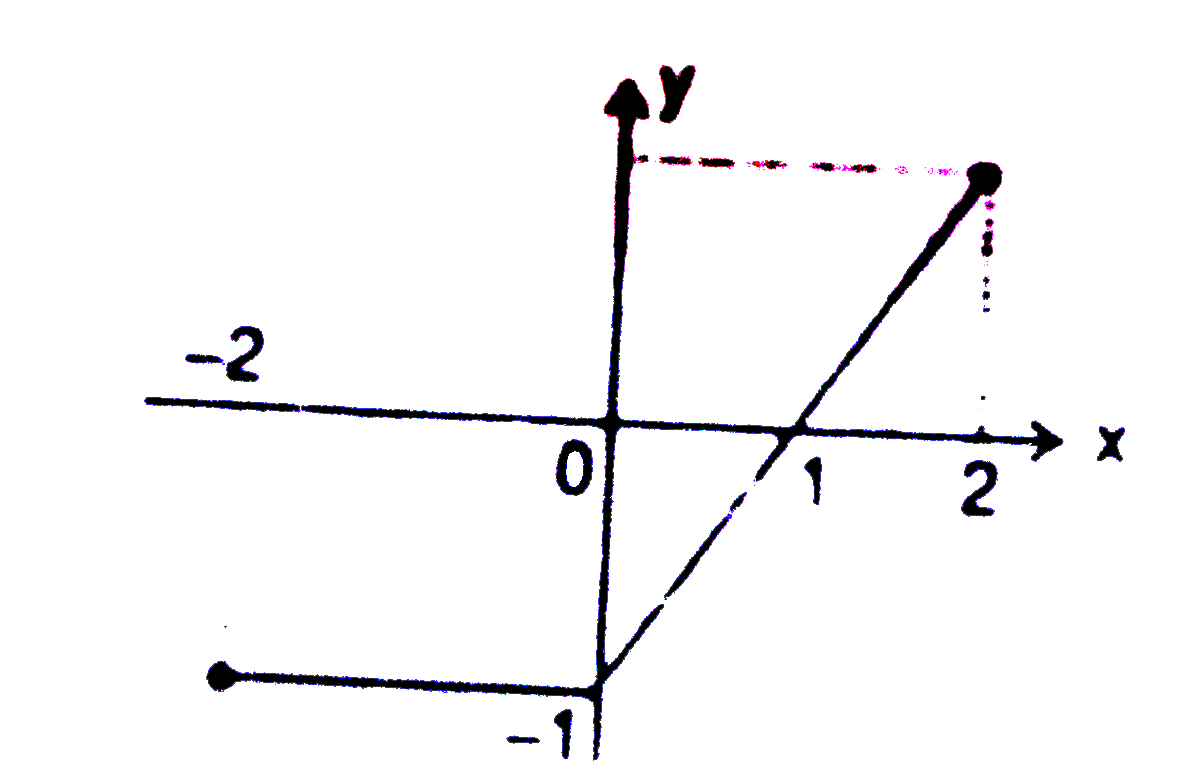
The graph of y=1/2(|f(x)|−f(x)) isA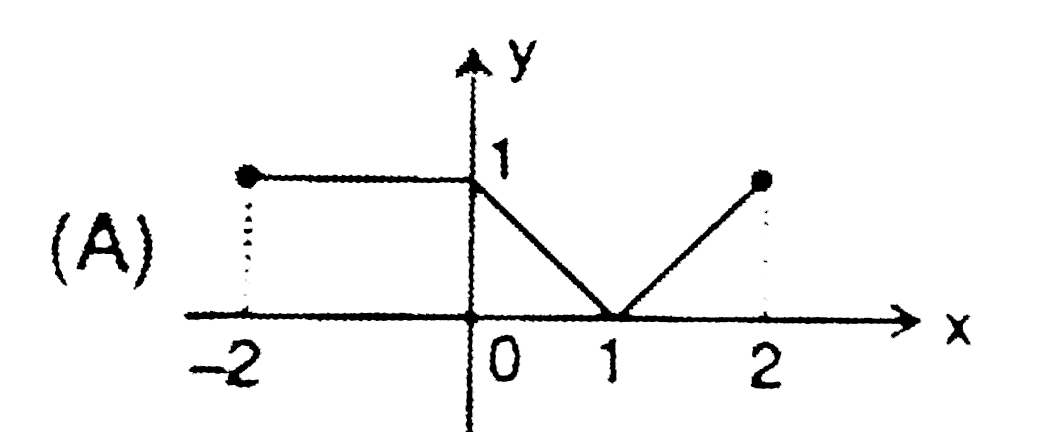 B
B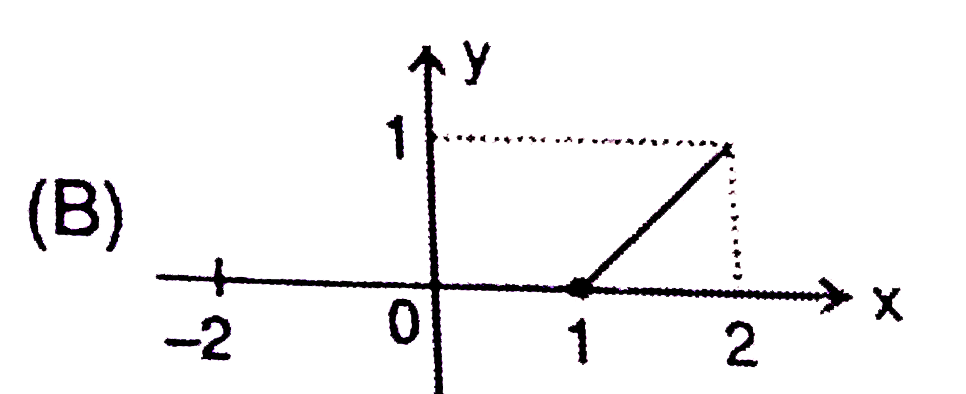 C
C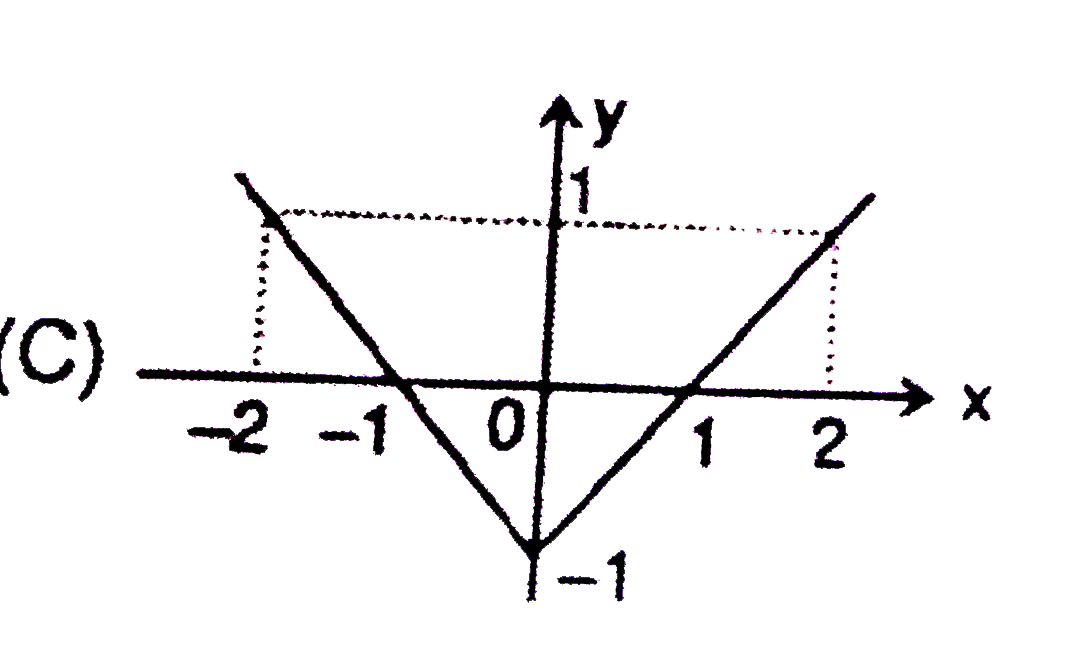 D
D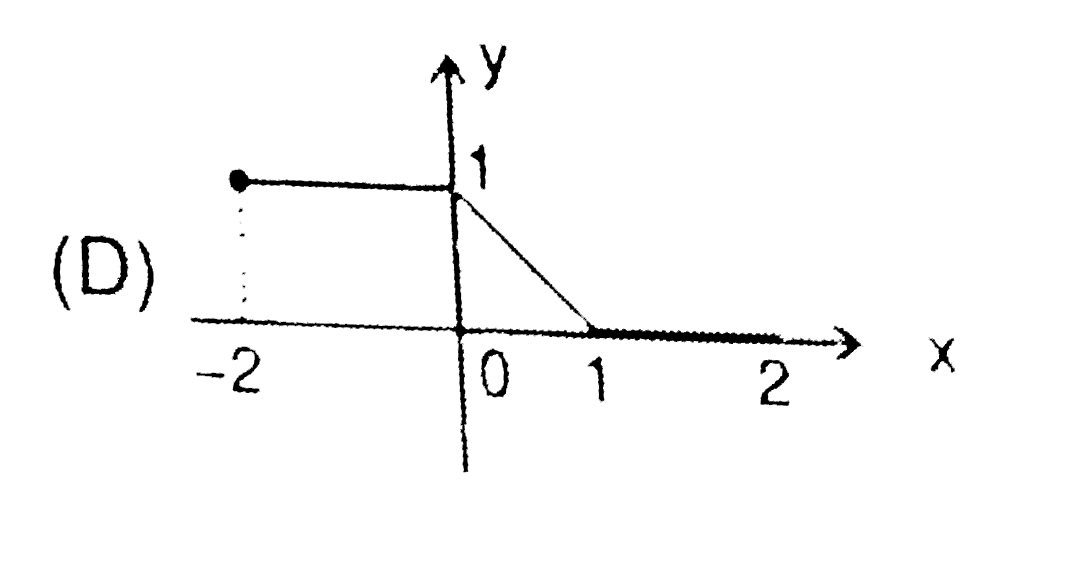
The graph of function f(x) is shown below :
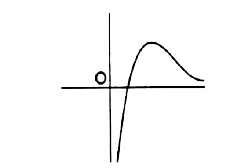
Then the graph of g(x)=1f(|x|) is:View SolutionIf the graph of the function y=f(x) is as shown : the graph of y=12(|f(x)|−f(x)) is
View SolutionLet f be a real valued function defined on R (the set of all real numbers) such that f(1)=f(−1)=5 and whose graph of f is symmetrical with respect to the lines x=±1. Given 99∑r=50f(r100)and99∑r=50f(−r100)=5. If S=150∑r=50f(r100)+150∑r=50f(−r100). Then find S.
View SolutionIf the roots are real and unequal, the graph will intercept the X-axis.
View SolutionThe graph of f is given.
State the equations of all the asymptotes.
 View Solution
View Solution
